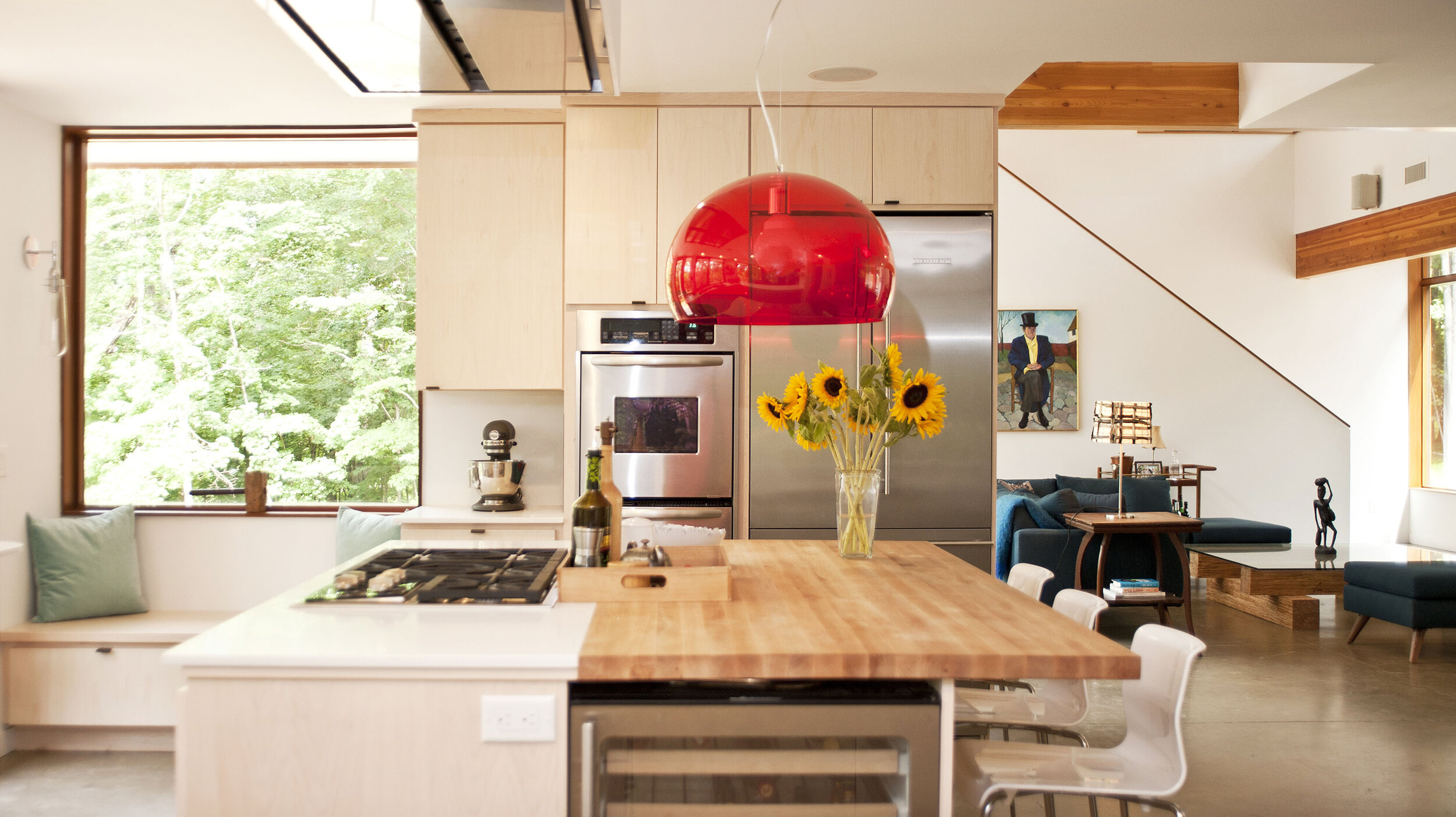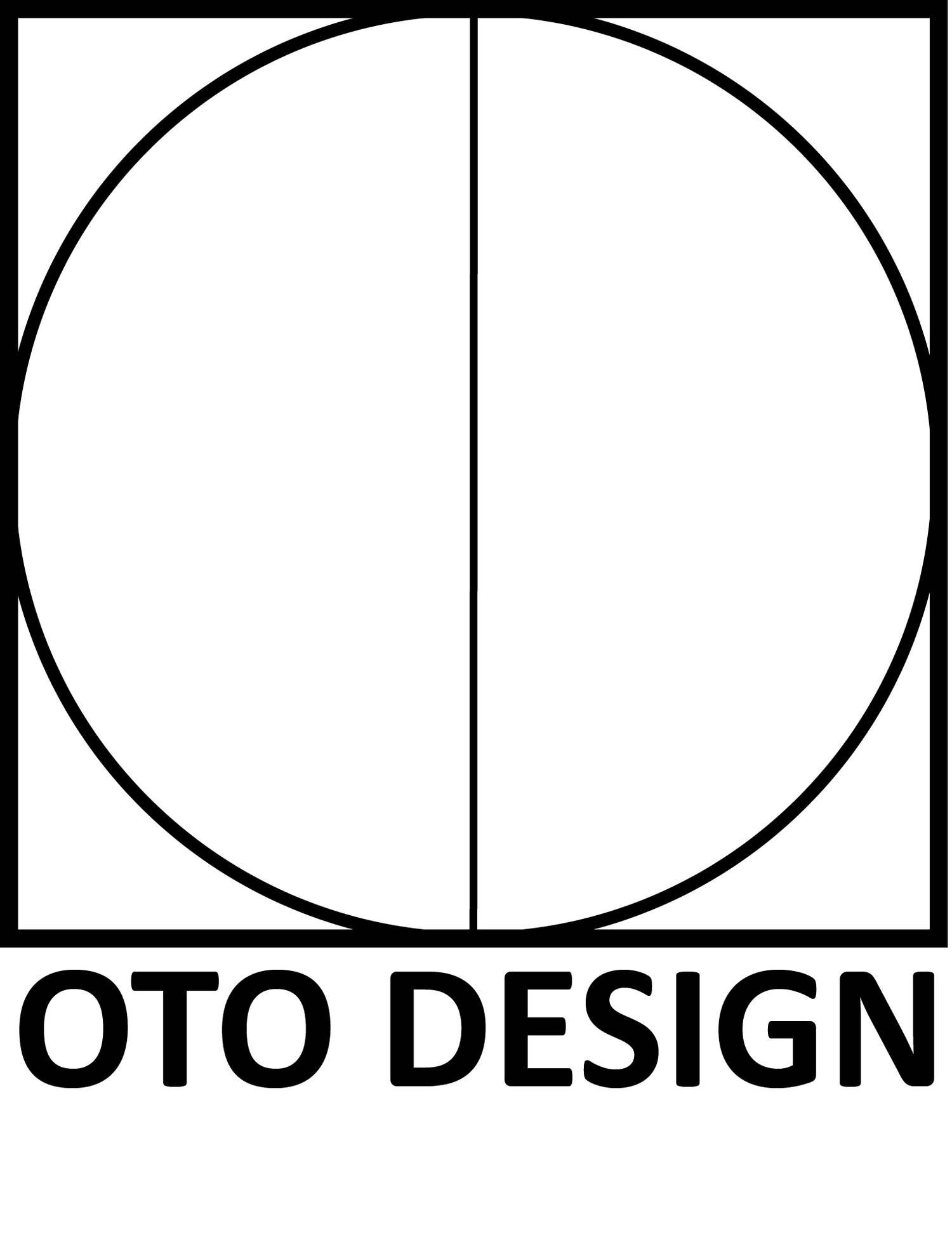A Case for Color
Nature has always been our greatest source of inspiration. It is in nature that we feel most at home. Part of this connection is rooted in our genetic and cultural memory fueled by the diverse array of textures and colors that we experience. Therefore, it raises the question: Why should the spaces where we spend the most time, intended to be enriching environments, be devoid of those natural elements?
Color shapes the atmosphere and perception of a space. Renowned architects such as Michael Graves, India Mahdavi, Sanjay Puri, and Luis Barragán have underscored its importance in their creations. The incorporation of color serves to add dimension, with the aim of eliciting feelings of joy, delight, and pleasure.
Colors are not just decorative but serve as powerful communicative tools, conveying messages about a space's function, identity, and values. They also play a practical role in guiding people and emphasizing architectural features. In exterior architecture, color can create focal points, accentuate unique features, or integrate it into its natural environment.








Color can highlight or hide by visually simulating specific aspects of space. It evokes a range of emotions, ties us to our history, roots us in our culture.
In a neutral environment, introducing colors to surfaces (walls, floors, ceilings) creates distinct visual effects. For instance, a darker ceiling creates the illusion of a lower space, while coloring a central wall compresses the perception of space. Painting lateral walls narrows the space while coloring the central wall and ceiling in the same hue imparts an expansive impression. Manipulating perceived height is possible by painting all surfaces at half height and using darker tones on upper surfaces.
Basis of Color Psychology
When applied effectively, color theory stands out as one of the most powerful tools in design. Colors serve as a form of non-verbal communication, conveying a wealth of information in a split second. They have the immediate ability to evoke various moods, express emotions, and elicit emotional responses.
Yellow | Represents optimism, curiosity, and a cheerful atmosphere.
Blue | Conveys positivity, confidence, and a sense of security.
Red | Emanates energy, excitement, and impulse.
Green | Evokes calmness, tranquility, serenity, and well-being.
Orange | Suggests intensity, creativity, euphoria, and enthusiasm.
Violet | Conveys a sense of well-being, calmness, and softness.








Colors are responsible for conscious and subconscious stimuli in our psycho-spatial relationship. Color roots us in our history, culture, and social narrative.









